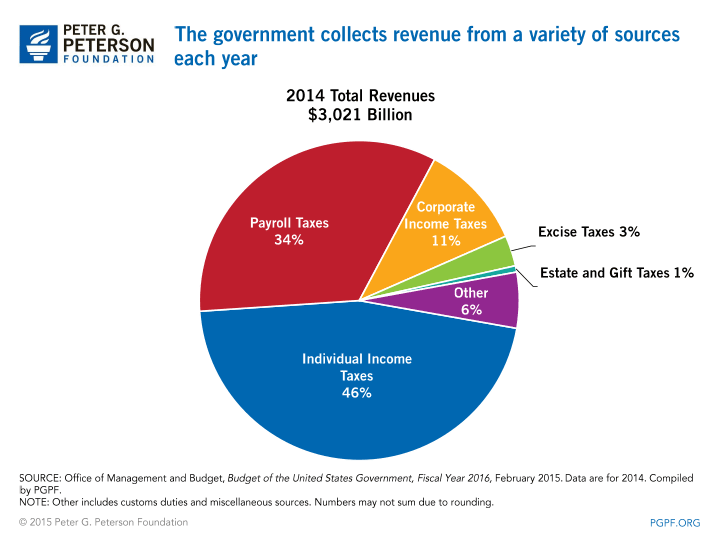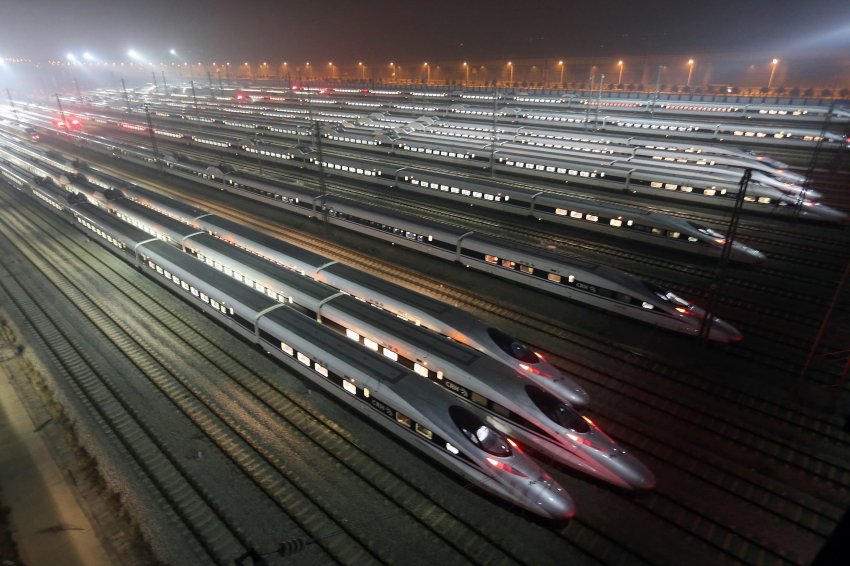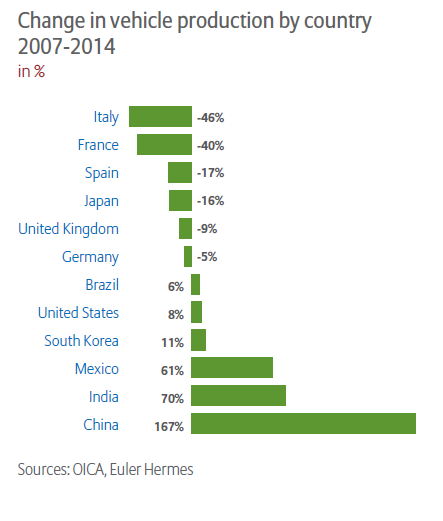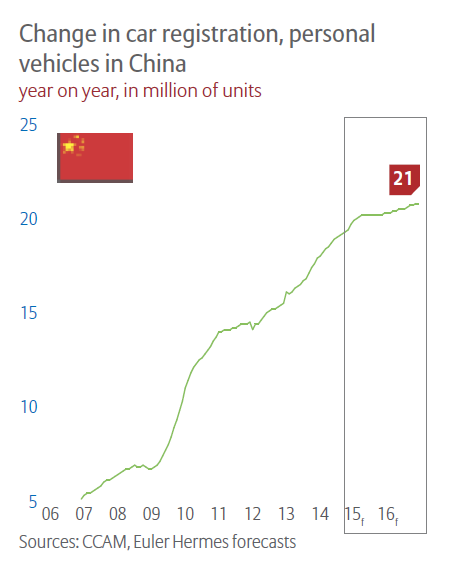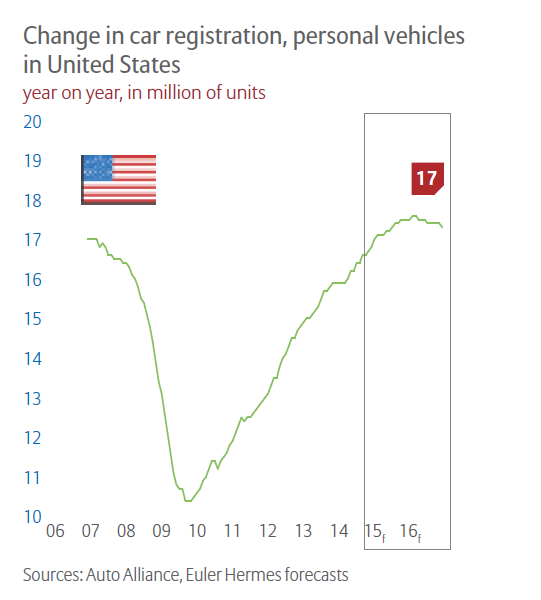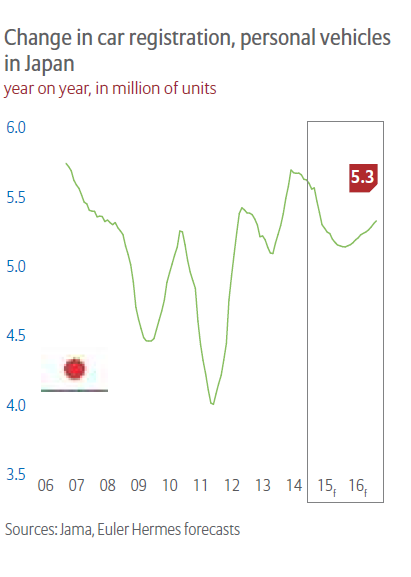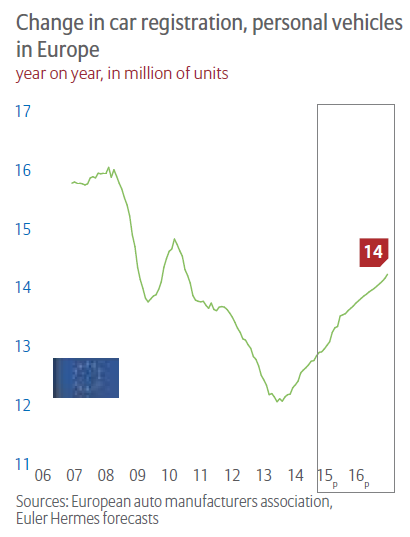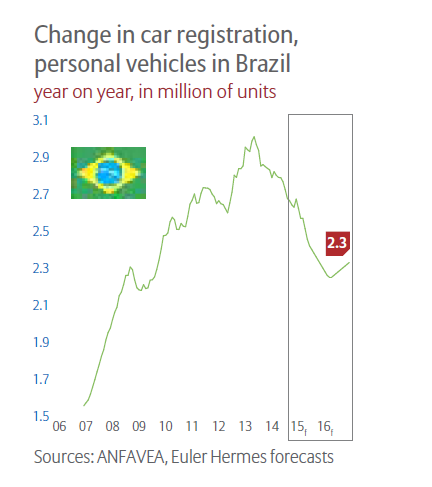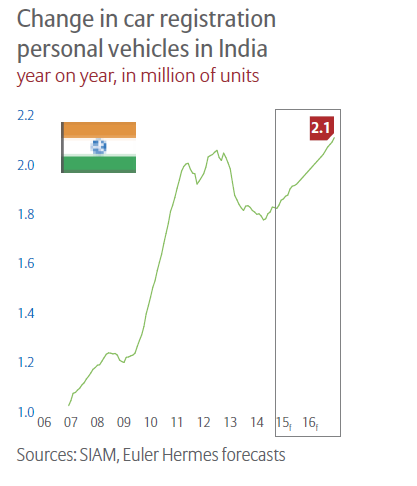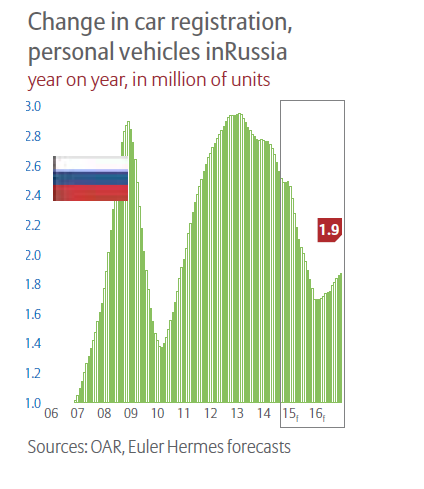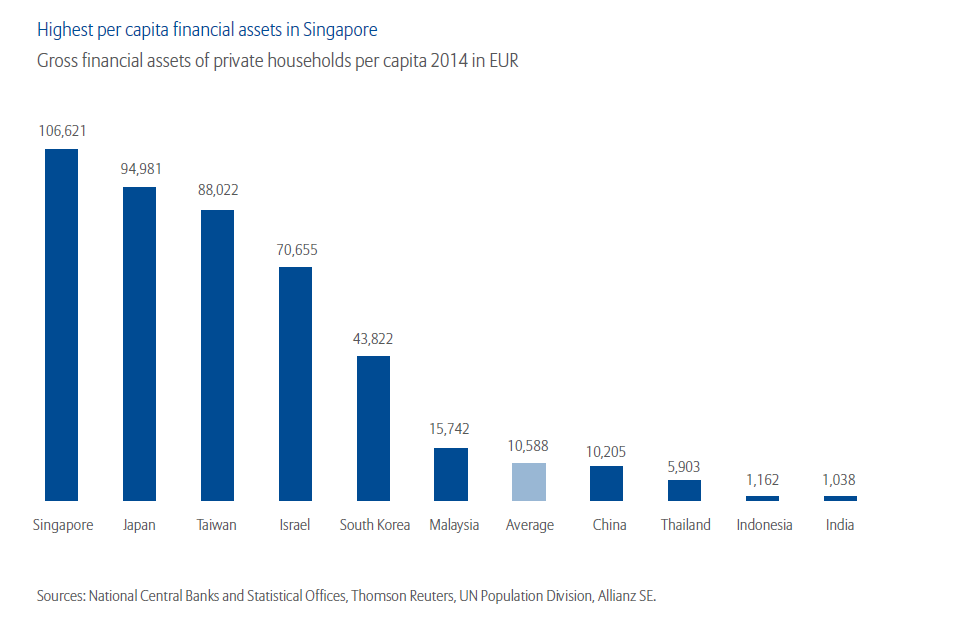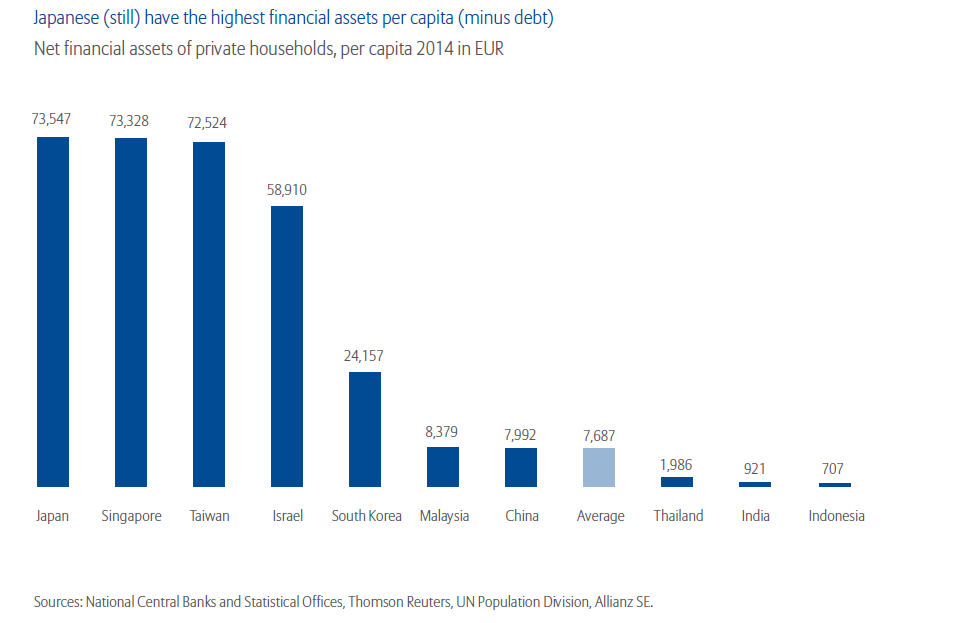The chart below shows the various sources of taxes for the Federal government in 2014:
Click to enlarge
Source: Where Taxes Came From In 2014, Peter G.Peterson Foundation
The majority of the Federal taxes come from individuals and not from corporations. Individuals paid 80% of the total Federal taxes collected. Individual income taxes are progressive in the US. As the income goes higher the tax rate goes higher. Payroll taxes on the other hand is fixed at a flat percentage of wages earned. Payroll taxes are used to fund Social Security and part of Medicare.
Compared to individuals, companies’ paid only 11% of total Federal tax revenues in corporate income taxes.
The Federal government collected about $3.0 Trillion in tax revenue last year according to the Congressional Budget Office.
